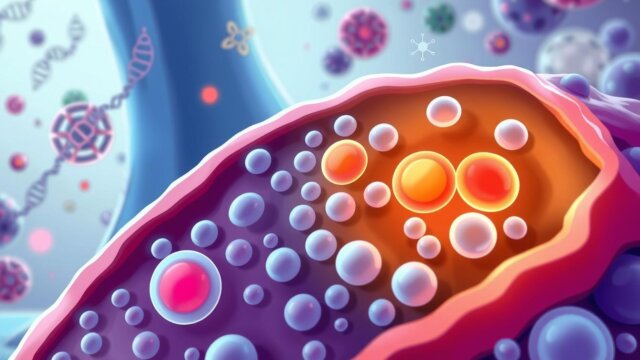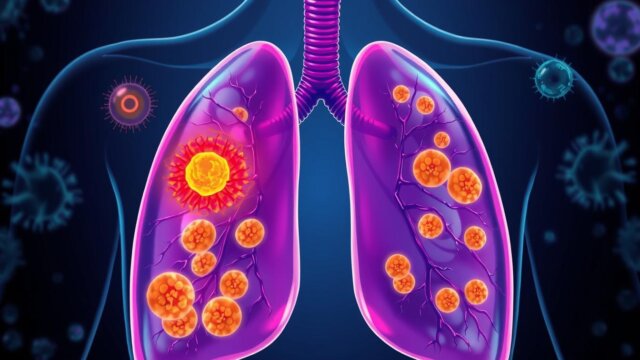FTC disclaimer: This post may contains affiliate links and we will be compensated if you click on a link and make a purchase.
Did you know most IBS and SIBO patients feel better with the low FODMAP diet? It shows how much this diet helps people with these issues. Learn all about the FODMAP diet, its pluses, and how to use it to ease your tummy troubles.
The FODMAP diet cuts back on certain carbs called FODMAPs. These carbs can bother your belly if you have IBS or similar problems. It’s a good way to keep these stomach symptoms in check.
Key Takeaways
- The FODMAP diet is a dietary approach that helps manage digestive issues by reducing the intake of certain types of carbohydrates.
- Up to 86% of people with IBS and SIBO experience symptom reduction on a low FODMAP diet.
- The diet involves an elimination phase, a reintroduction phase, and a maintenance phase to identify personal FODMAP sensitivities.
- Certain high FODMAP foods, such as dairy, wheat, beans, and certain fruits and vegetables, are eliminated during the diet.
- Consulting a dietitian is recommended to ensure a successful and sustainable FODMAP diet plan.
What is the FODMAP Diet?
Understanding FODMAPs
FODMAPs are certain carbs that our bodies don’t fully digest. These are fructose, lactose, fructans, galactans, and polyols. In our large intestine, they are fermented by bacteria. This can cause gas and symptoms like bloating, stomach pain, and weird bowel movements.
Fermentable Carbohydrates and Digestive Issues
This diet lowers the intake of these carbs to ease digestive problems. By not eating FODMAP-rich foods, less carbs get to the large intestine. This means less gas and fewer digestion issues
Benefits of a Low FODMAP Diet
Studies show this diet helps with IBS symptoms like gas, bloating, and pain. It might also work for other stomach issues and SIBO. By avoiding these foods, the gut can get better. This diet can make life better for people with stomach problems.
FODMAP Diet and Irritable Bowel Syndrome (IBS)
Irritable bowel syndrome, or IBS, is a long-term issue in the stomach. It brings symptoms like tummy pain, feeling swollen, gas, and trouble going to the bathroom. What you eat is very important for handling IBS signs. The FODMAP diet is an amazing way to eat for many people with IBS. It helps by cutting out certain foods that start these issues, making those people feel much better.
Research on FODMAP Diet for IBS
Many studies show how helpful the FODMAP diet is for IBS. Some research says 86% of IBS patients had less trouble when they ate this way. This diet can really lower bloating, tummy pain, and issues with going to the bathroom for those with IBS. Doctors often suggest it as a first choice to treat IBS through what you eat.
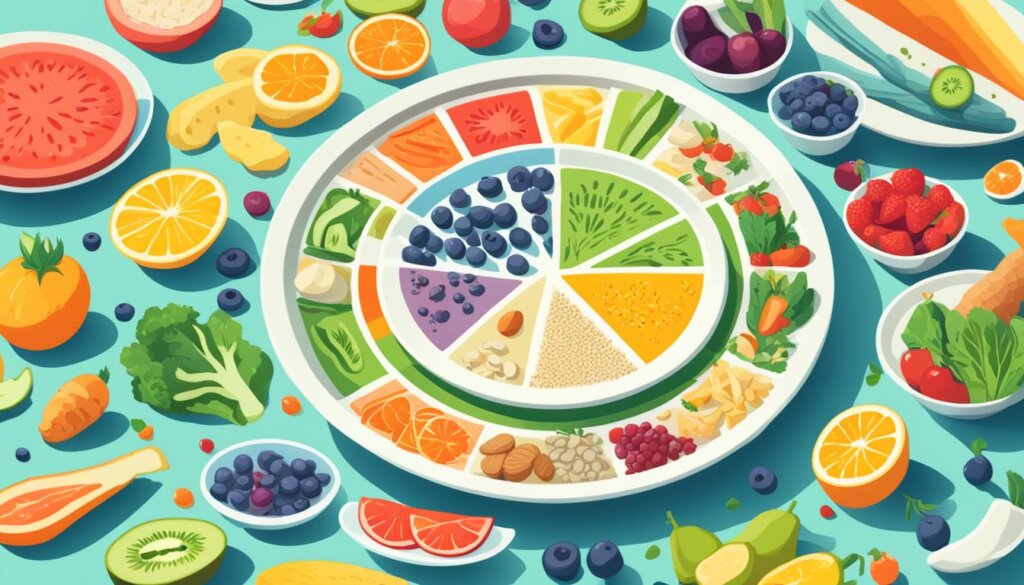
The Low FODMAP diet can improve things in just one week. Up to 86% of people with IBS and SIBO felt better on this eating plan. It’s best to follow this diet closely for a few weeks, then slowly add back in upsetting foods to see what’s causing the problem.
This eating plan is not forever and is pretty tough to follow. Before you start, always check in with a doctor. You’ll have to give up some foods like dairy, certain grains, beans, and some fruits and veggies.
But, you can still enjoy foods like eggs, meat, certain cheeses, and lots of fruits and veggies. It’s smart to have a doctor or diet expert help when you’re thinking about, or are, losing weight. This way, they can make sure you’re getting enough of the things you need.
High FODMAP Foods to Avoid | Low FODMAP Foods to Enjoy |
|---|---|
|
|
When 3 out of 4 people change to the low FODMAP diet, they feel better fast. It’s a good idea to have a nutritionist help. They can make sure you eat right while finding what foods bother you.
The low FODMAP diet has a few steps, like taking out foods, then putting them back in, and then making it fit just for you.
It’s not forever, just to find out what foods give you problems. Figuring out these food problems means doing three things: taking food out, then putting some of it back, and then making a plan that’s just for you.
FODMAP Diet: The Three Phases
The FODMAP diet has three main steps to help people find and control their food triggers. This system lets each person make a plan that works for their body. It helps to eat with fewer tummy problems and try more foods again.
Elimination Phase
In the first step, you stop eating all high-FODMAP foods for 2-6 weeks. This gives your gut a chance to relax and symptoms to calm down. Stick to foods that are low in FODMAPs. This way, you keep your stomach safe from upset.
Reintroduction Phase
Next, you start adding high-FODMAP foods back in one by one. The goal is to see which ones bother you. This step helps you figure out what your body can’t handle, making your diet plan more personal.
Maintenance Phase
Finally, you eat a diet that avoids only the foods that caused trouble. Keep away from what you know doesn’t sit well with you. This way, you can enjoy food without many issues.
It’s best to do this diet with help from a FODMAP expert, like a special dietitian. For more info on the FODMAP diet steps, you can check the Monash University FODMAP Blog and the Journal of Gastroenterology and Hepatology.
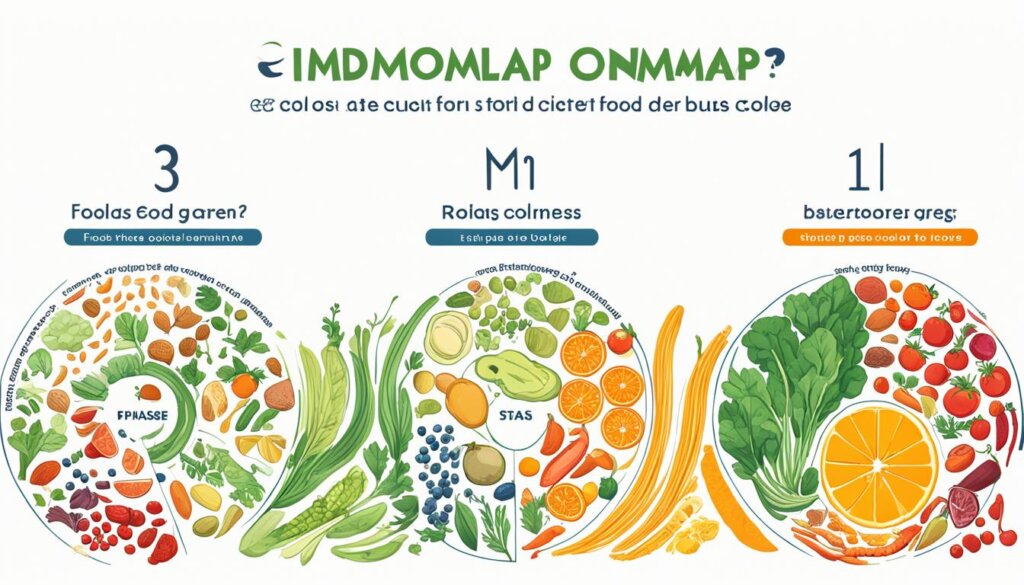
High FODMAP Foods to Avoid
People on the FODMAP diet should stay away from certain foods. This includes dairy like milk and yogurt. Also, they should avoid wheat products such as bread. Beans, lentils, onions, and garlic are off-limits. So are artichokes, asparagus, and certain fruits like apples, pears, and peaches. These foods are tough to digest for sensitive folks.
Other foods to skip are garlic, onions, apples, and wheat products. Stay away from honey, legumes, and some veggies. Fruits high in fructose, like apples and watermelon, are a no-go. So are certain vegetables, grains, and cereals.
Food high in lactose can cause problems, so avoid milk, soft cheeses, and yogurt. Opt for butter and cheese instead. When it comes to nuts, cashews and pistachios are high FODMAP. Go for macadamias, peanuts, and pine nuts. Be wary of certain sugars. Ditch honey and corn syrup. Instead, choose dark chocolate and maple syrup.
High FODMAP Foods to Avoid | Low FODMAP Foods to Enjoy |
|---|---|
Dairy: Milk, yogurt, ice cream Wheat-based products: Bread, pasta, cereals Beans, lentils Onions, garlic Artichokes, asparagus Apples, pears, peaches High-fructose fruits and sweeteners | Vegetables: Carrots, zucchini, leafy greens Fruits: Bananas, blueberries, grapes, oranges Grains: Rice, quinoa Proteins: Eggs, meat, fish Dairy alternatives: Almond milk, coconut milk, lactose-free dairy |
Following a low-FODMAP diet is best done with a dietitian’s help. The Monash FODMAP team has tested many foods for their FODMAP levels. They offer an app to help, which rates foods by their FODMAP content. This app uses a traffic light system.
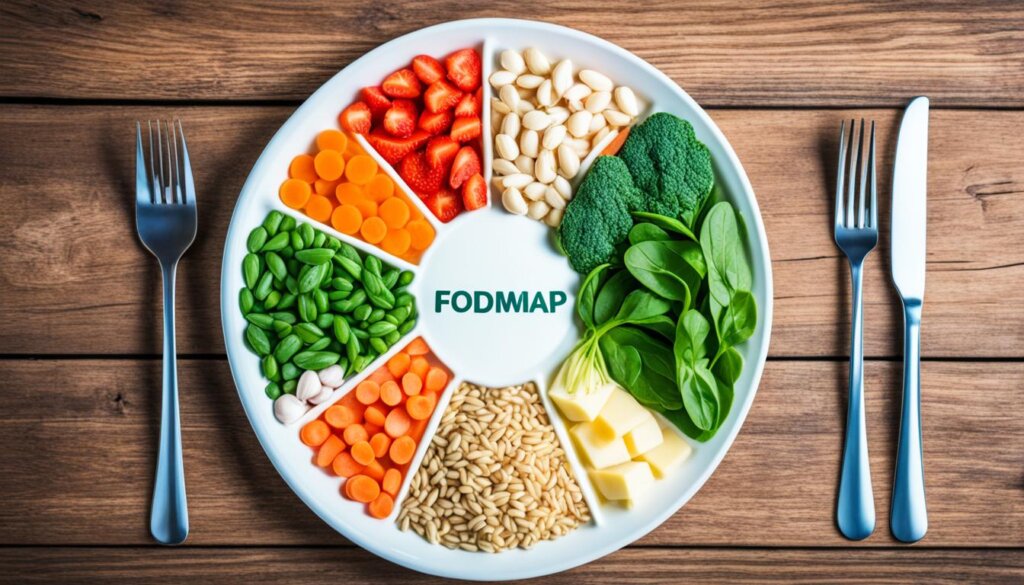
Low FODMAP Foods to Enjoy
On a low FODMAP diet, you get to eat tasty and good-for-you fruits and veggies. This includes things like bananas, blueberries, and carrots. You can also have eggplant, zucchini, and leafy greens. These are safe because they have fewer of the carbs that might upset your stomach.
Fruits and Vegetables
You have more than just the basics to pick from. There are strawberries, kiwi, and pineapples for fruit. For veggies, try adding bell peppers and spinach to your dishes. These choices give you key nutrients and fiber, but they’re gentle on your tummy.
Grains and Proteins
There are plenty of grains and proteins that won’t cause problems. Think about eating rice, quinoa, and certain cheeses. You can also enjoy eggs, meat, and fish. These options are great for meals that make you feel full and happy without upsetting your gut.
Dairy Alternatives
If dairy isn’t your friend, there are other options. Use almond milk, coconut milk, or products that are made without lactose. These still give you good nutrients, like calcium, but won’t harm your stomach.

Eating a mix of low FODMAP foods keeps meals tasty and your tummy calm. Talking to a doctor or a nutrition expert can make this diet work even better for you.
FODMAP Diet Challenges and Tips
The FODMAP diet may seem hard, but it’s doable with the right help. One hard part is spotting high-FODMAP foods on labels. When checking labels, watch out for wheat, garlic, onions, high-fructose corn syrup, and sugar alcohols. These often sneak into foods. The Monash University FODMAP diet app is a great tool for this.
Dining Out on a FODMAP Diet
Eating at restaurants can be tricky with the FODMAP diet. It helps to look up menus online and ask about food details. Making special food requests can help ensure you find safe options. Doing your homework and speaking up can make eating out fun again while keeping to the FODMAP plan.
Keep in mind, the FODMAP diet is unique to you. Challenges can vary. Working with a dietitian or a healthcare provider knowledgeable in FODMAPs can help. They can guide you through difficulties and help you achieve good gut health in the long run.
FODMAP Diet and Other Digestive Conditions
The FODMAP diet helps with IBS but can work for other tummy troubles too. SIBO, which is too much bacteria in the small intestine, is one of these problems.
Small Intestinal Bacterial Overgrowth (SIBO)
The FODMAP diet cuts down on certain carbs. This can ease SIBO symptoms like bloating and gas. Up to 86% of those with IBS and SIBO see better health on this diet.
Sticking to the low FODMAP diet for two to six weeks helps your gut. It takes away foods that bother it. These foods can make SIBO worse.
Functional Gastrointestinal Disorders (FGID)
The FODMAP diet also helps with other bowel problems. This includes bloating, diarrhea, and constipation. The key is to add back high FODMAP foods slowly. This helps find out which ones cause issues.
If you’re too thin, this diet is not for you. It might make you lose more weight. Remember, the FODMAP diet is just a tool to figure out what foods bother you. It’s not meant to use forever.
FODMAP Diet: A Personalized Approach
Using the FODMAP diet the right way can be hard. It’s best to have a dietitian or a specialist help you. They guide you through the diet’s steps, find your FODMAP sensitivities, and make sure you get all the right nutrition.
Working with a Dietitian
A FODMAP trained Registered Dietitian is perfect for those with food limits. They know how to lead you from cutting out FODMAPS to adding them back in carefully. This ensures you maintain a diet that fits you well.
Identifying Individual Triggers
The FODMAP diet doesn’t work for everyone the same. People react differently to FODMAP groups. With guidance, you can figure out your trigger foods. This makes your diet personal and easy to stick with.
Not all IBS folks get better on a low FODMAP diet. Some may need other treatments. Also, it takes 6-8 weeks on the low FODMAP diet before checking your progress with a dietitian. With a professional’s help, you can adjust your FODMAPs for what your gut needs.
Conclusion
The FODMAP diet is a widely studied way to help with stomach problems. It’s great for people with IBS and similar conditions. By cutting out then trying high-FODMAP foods, you can see what your stomach doesn’t like. This can help with gas, stomach pain, and pooping problems.
Starting the FODMAP diet could be hard. But, with help from a dietitian, it can be easier. They work with you to make it fit your life and stomach. Many research shows how well it works for IBS. Some experts think it’s a good way to live better with IBS. But, we still need more research for all the diet’s effects.
If you’re thinking of trying a low FODMAP diet, talk to a doctor first. They can help you do it safely. This kind of diet can make you miss out on some nutrients, lead to weird eating habits, or make constipation worse.
After taking out foods, you slowly start adding them back. This shows how each food affects you. Also, remember, not only low-FODMAP food is important.
Eating enough fiber is key too. Doctors warn that using the FODMAP diet just to lose weight isn’t a good idea. It can cause other health problems. The diet is mostly for helping with IBS and similar sicknesses.
FAQ
What is the FODMAP diet?
The FODMAP diet helps people with hard-to-digest carbs. These carbs cause issues like gas, pain, and bowel changes.
How does the FODMAP diet work?
You start by cutting out high-FODMAP foods. Then, you slowly add them back to see your body’s reaction.
What are the benefits of the FODMAP diet?
This diet helps decrease IBS symptoms like gas and pain. It might also help with other stomach problems.
How is the FODMAP diet helpful for people with IBS?
It’s often the first diet to try for IBS. Many find relief, with up to 86% feeling better.
What are the phases of the FODMAP diet?
There are three parts: stop eating high-FODMAP foods, check your reactions, then make a long-term plan.
What foods should be avoided on the FODMAP diet?
In the start, don’t eat foods like dairy, wheat, beans, onions, garlic, and some fruits and veggies.
What foods are allowed on a low FODMAP diet?
You can have certain fruits, veggies, meats, and dairy. Just pick the ones that are safer for your stomach.
What are the challenges of the FODMAP diet?
It can be tough to know what’s in your food and to eat out. You need to plan carefully.
Can the FODMAP diet help with other digestive conditions?
Yes, it might aid in SIBO and other gut problems too.
How important is it to work with a healthcare professional on the FODMAP diet?
It’s smart to get help from an expert for the best diet and to heal your gut.

